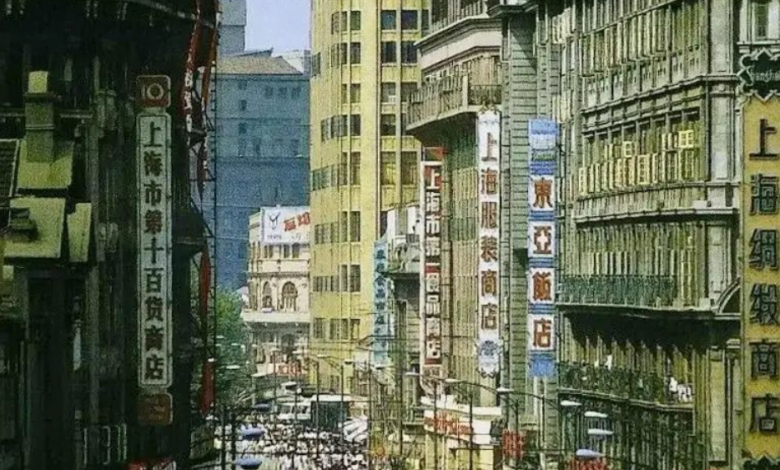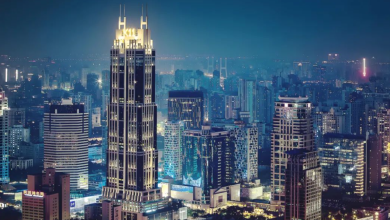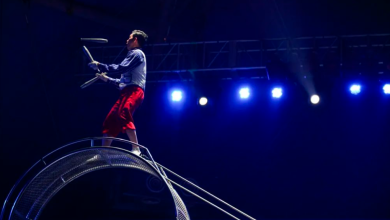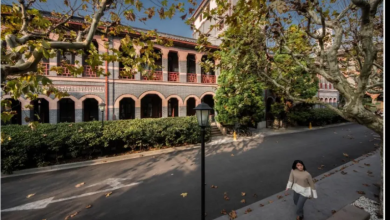Time-Traveling to 1920s Shanghai: A Sensory Journey Through the Paris of the East

To step into 1920s Shanghai is to enter a world where jazz spilled from gramophones, opium smoke curled beside typewriter clicks, and the qipao met the flapper dress in a dizzying dance of East and West. This was the “Paris of the East”—a city of extremes and contradictions, where gangsters rubbed shoulders with revolutionaries, and Art Deco skyscrapers rose beside Ming Dynasty gardens. Let your senses guide you through this vanished metropolis.
The Soundscape: Jazz, Typewriters & Rickshaw Bells
Close your eyes and hear:
- The Golden Age of Jazz: At the Canidrome Ballroom, Filipino bands played the latest American tunes for Russian émigrés and Chinese socialites. A young Buck Clayton (later Louis Armstrong’s trumpeter) got his start here.
- The Click-Clack of Progress: In the Sassoon House offices (now the Peace Hotel), Remington typewriters chattered in English, French, and Shanghainese—the sound of global commerce.
- Street Symphony: Rickshaw pullers’ bells (ling ling!) dueled with tram whistles along Nanking Road, while Peking opera arias drifted from teahouse radios.
The Fragrance of Decadence
Breathe in the intoxicating mélange:
- Opium and Gardenias: The Great World Amusement Center mixed the sweet-rotten opium haze from private parlors with the perfume of courtesans’ flower pins.
- Coffee & Congee: At Deda Café (China’s first), the bitterness of Brazilian beans clashed with the umami of nearby breakfast stalls’ preserved egg porridge.
- Printers’ Ink: The Shanhai Shimbun newspaper office pumped out revolutionary manifestos smelling of fresh lead type.
A Visual Feast: Neon and Nostalgia
The city’s electric duality unfolded before your eyes:
- Art Deco Dreams: The Park Hotel’s chrome spire (then Asia’s tallest) pierced the sky, while Laufer’s Department Store displayed mannequins in cheongsams and cloche hats.
- Underground Glow: In Blood Alley (now Xikang Road), red lanterns illuminated gangster deals, their crimson light reflecting off Du Yuesheng’s gold pocket watch.
- Cinematic Revolution: At the Capitol Theatre, audiences gasped at Hollywood’s first “talkies,” while Ruan Lingyu—China’s Garbo—silently wept on silent screens.
Taste the Era
A single meal could span continents:
- Western Decadence: The Astor House Hotel served chateaubriand to treaty-port elites, using silverware engraved with the Kaiser’s monogram (salvaged from WWI).
- Local Flavors: At Yang’s Fry-Dumpling’s precursor stall, workers devoured shengjianbao slick with pork fat—unchanged for a century.
- Forbidden Fruit: The Del Monte Café secretly sold bootleg cocktails during prohibition, their gin smuggled in hollowed-out watermelons.
Touch the Texture of Time
Run your fingers across:
- The Bund’s Granite: British-built banks’ cold stone warmed by rickshaw pullers’ calloused hands.
- Silk Stockings: Shimmery new “Bamboo Brand” nylons (1926), sold beside hand-embroidered Qing Dynasty shoes.
- Revolutionary Paper: The Communist Manifesto’s first Chinese edition (1920), printed on flimsy rice paper in a Li Da’s secret press.
Legacy in the Modern City
Today, traces of the ‘20s linger for those who seek them:
- Jazz at Peace Hotel: The Old Jazz Band (members aged 70+), still plays 1920s standards nightly.
- Qipao Revival: Shops like Hengshan Fang recreate ‘20s cheongsam cuts for TikTok-savvy youth.
- Hidden Architecture: The China Baptist Publication Society building (1922) still bears bullet holes from labor strikes.
Why the 1920s Still Captivate
This decade was Shanghai’s first modern identity crisis—torn between tradition and modernity, colonialism and nationalism. Yet from that tension arose China’s first stock exchange, feminist movements, and avant-garde art. As writer Eileen Chang (born 1920) later wrote: “Shanghai was never innocent; that’s why she survived.”
Final Thought:
“The ‘20s didn’t just happen in Shanghai—Shanghai happened to the ‘20s, remixing global culture into something entirely its own.”





